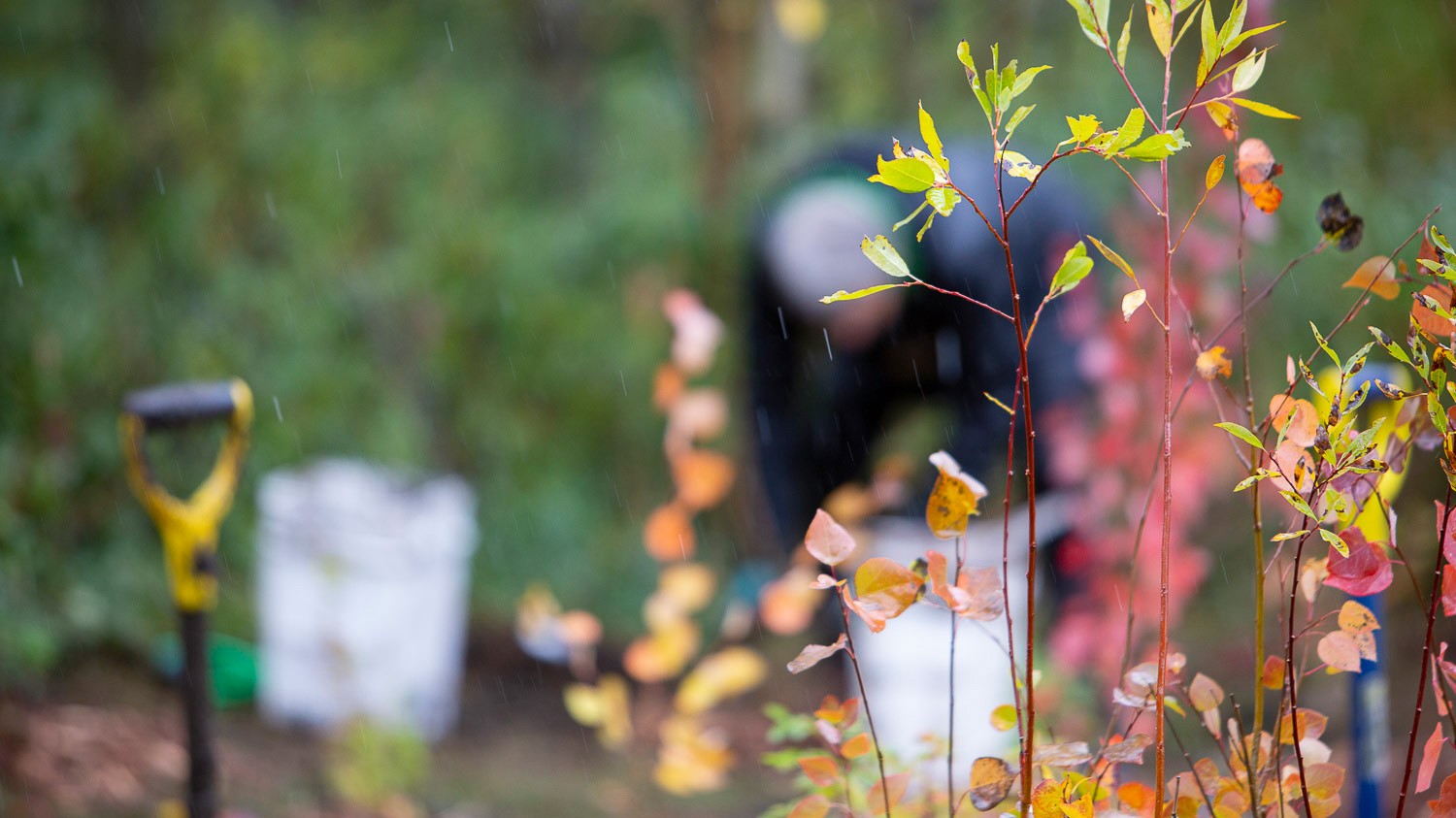
It’s a cloudy October day, the air is crisp as you step out outside. You look at the huge maple tree in your front yard, and at the rows of oaks and birches that line the streets in your neighbourhood, and you notice that the world is a little less green.
Burnt oranges, bright yellows, and warm reds create a canopy of autumnal tones that make the day seem a little less gloomy. Have you ever wondered why leaves change colour in the fall? What’s the science behind it all?
The biology of leaves
According to the University of Tennessee’s Agricultural Extension Service, leaves contain ‘chloroplasts’ which are disk-like structures within cells that produce food for the tree. This process is called photosynthesis, where light energy is converted into chemical energy. Inside the chloroplasts, light is captured and used to transform carbon dioxide and water into oxygen and sugars. Chemical energy gets stored in sugars and is converted into food.
Chloroplasts contain chlorophyll, the most important tree pigment, which gives leaves their green colour. It absorbs sunlight, making it critical for photosynthesis. An abundance of sun brings about an abundance of chlorophyll making it the dominant pigment. As autumn takes hold, chlorophyll loses its edge, becoming dormant as the sunlight hours shrink and the temperatures cool down. Since the leaves are no longer able to produce food for the tree, they break down chlorophyll, and orange and yellow pigments, called carotene and xanthophylls, surface. These pigments emerge in leaf cells to protect chlorophyll from damage. The vivid reds come from pigments called anthocyanins which are manufactured from sugars in the leaf. The sugars are stored in the twigs for next spring when leaves emerge again. This cyclic pattern repeats itself every September in countries that experience seasonal weather.
Climate impacts on fall colours
Although it might seem trivial, fall colours are one of those intangibles that make life exciting. The quantity and quality of the colour vary depending on weather, sunlight and soil moisture. An article by the department of Biology at Appalachian State University states that trees are extremely sensitive to environmental shifts. Climate change can result in higher temperatures, increased precipitation, and increased cloud cover, which all act together to disrupt the vibrancy, longevity and brilliance of fall tones. If global warming results in higher temperatures this would mute, and delay fall tones by confusing the physiology of the tree. According to the article, the disconnect between extreme temperatures disrupts the ‘synchrony of colour development’ causing trees to change colour at sporadic times for differing lengths of time. Extreme weather and an increase in precipitation of all forms mean high cloud cover which directly links to low light levels and a low photosynthesis rate. A reduction in photosynthesis production lowers a tree’s sugar reserves and sugars are ‘necessary to stimulate the synthesis of anthocyanins’ giving leaves their colours.
Although less autumnal foliage does not rank high on the list of concerns regarding global climate change, the brief viewing period of subdued colours could be acting as a canary in a coal mine signalling us of the more consequential problems we will face if we do not take action against climate change.
Back to all articles
